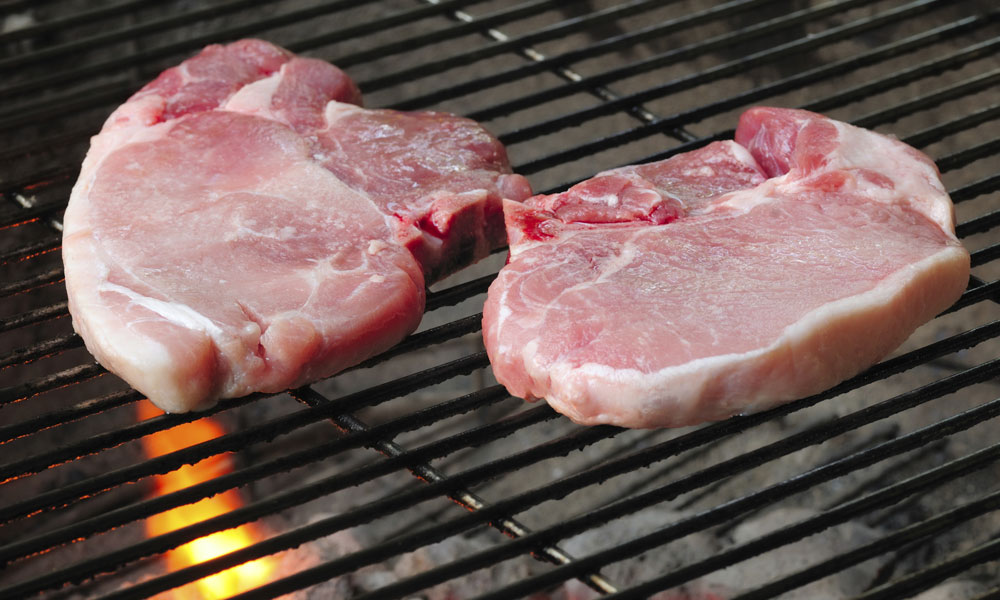
When a Pork Chop Isn’t a Pork Chop: Trade Groups to Rename Prime Cuts
Two meat industry associations, with the blessing of the USDA, are working on new names for cuts of beef and pork—and they go further than "the other white meat." Could your organization take some tips here?
The meat on your grill is getting a rebrand.
As part of a new marketing campaign, the pork and beef industries will rename more than 350 meat cuts to help better sell their best products to the public. And the associations that represent these industries are playing a key role in the transition, the first such effort since the 1970s. More details below:
One of our biggest challenges has been the general belief among consumers that a pork chop is a pork chop. But not all pork chops are equal, and not all pork chops are priced equally.
Why the changes? The name changes are happening at a time when the industry is being knocked by multiple market trends, including high grain prices and a sales slump both in the United States and abroad. In the midst of all this, the National Pork Board and the Beef Checkoff Program worked with the USDA to create new marketing approaches for the meat, including labels showing what part of the animal the cuts came from. The groups will update the Uniform Retail Meat Identification Standards [PDF], a voluntary naming standard used by many retailers. The USDA is behind the move. “There won’t be any changes to our naming conventions, but we’re supportive of this,” the agency’s Sam Jones-Ellard told Reuters. “Anything that simplifies the names of cuts of meat is a good thing for consumers.”
Pork chops no more: Expect names that offer more detail about the type of meat you’re buying. The name “pork chop,” for example, improperly describes a number of different cuts, according to the National Pork Board’s Patrick Fleming. “One of our biggest challenges has been the general belief among consumers that a pork chop is a pork chop,” Fleming told the wire service. “But not all pork chops are equal, and not all pork chops are priced equally.” Now consumers will be able to choose from “porterhouse chops,” “rib-eye chops,” and “New York chops.” The names reflect cultural changes in how the meat is cooked.
In the beef aisle: The beef industry is also trying to clear up the mystery around its meat, aiming for simplification so consumers don’t get intimidated by such names as “boneless shoulder top blade steak” (that’ll be “flatiron steak” once all is said and done). The older names were more anatomical, which was nice for specificity but not so nice for marketing. But don’t expect ground beef to get any more specific: a burger’s still a burger.
When you’ll see them: Expect to see the rebranded cuts—such as Boston Roast, which replaces the unfortunately named “pork butt”—on shelves by the summer.
One beast that won’t get any changes? The chicken. The National Chicken Council declined to change the current names.
What sort of marketing changes has your association encouraged for its industry? Tell us about them in the comments.
(iStockphoto/Thinkstock)






Comments